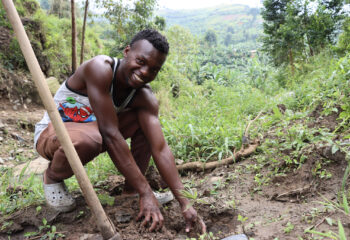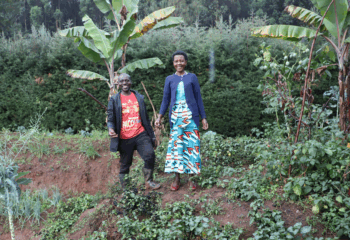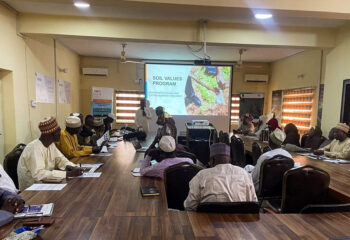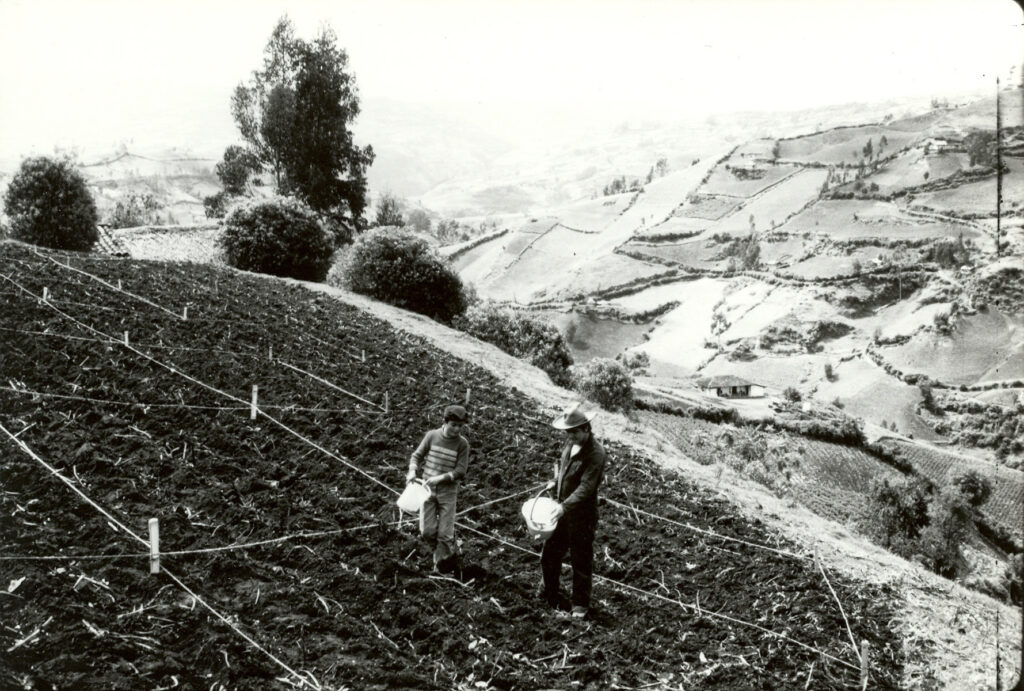
As I look back upon IFDC’s work over the past five decades, one thing strikes me as exceptional: our organization never lost its vision of appropriate agricultural, fertilizer, and soil health technologies changing the lives of humans around the world for the better. Since 1974, our aim has been to help small-scale farmers and agri-entrepreneurs improve their livelihoods to bring change to their communities, their nations, and the world through the power of agriculture.
IFDC sprang from and builds on a legacy that used technology transfer to reverse the economic situation of a nation. The Tennessee Valley Authority (TVA), a government corporation founded under the auspices of President Franklin D. Roosevelt’s forward-looking New Deal, used science to change the face of agriculture – and as a result the entire economy – in the southeastern United States.
Not only did TVA build dams to control waterways and provide affordable electricity, its National Fertilizer Development Center (NFDC), established in 1933 in Muscle Shoals, developed 70% of the fertilizer processes and technologies still used in the world today. These products and processes were the fuel that propelled U.S. agriculture to the global arena as the first agriculture exporter in the world. Through IFDC’s efforts over the past 50 years, these technologies helped to catalyze farm productivity in more than 100 other countries, supported by national teams in over 25 country offices.
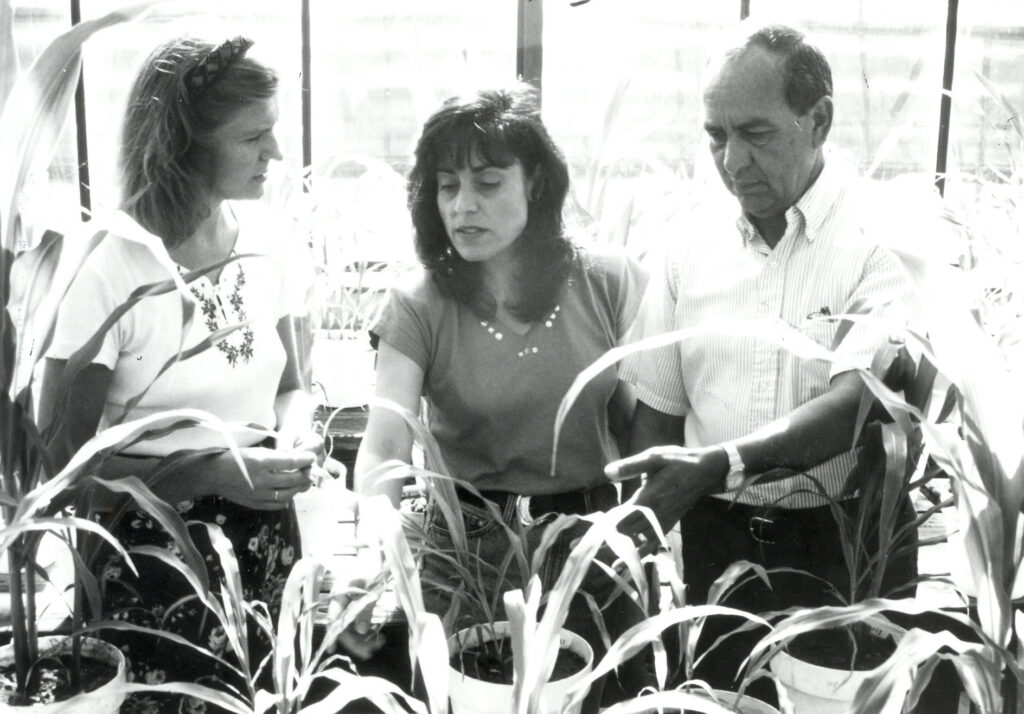
Resting on our past, successful as it was, will not solve the global problems we now face, nor those of future generations. I am privileged to lead IFDC’s ongoing commitment to developing and scaling technological breakthroughs in a climate-adaptive environment, that will contribute to feeding almost 10 billion people by 2050. Based on this commitment, IFDC and a large number of partners are taking a significant step forward by establishing a Center of Excellence for Fertilizer and Soil Health and a Regional Hub for Fertilizer and Soil Health in Ibadan, Nigeria, which will strengthen IFDC’s Africa-based presence and capacity. These efforts combine our expertise and knowledge with that of many public and land-grant universities, the fertilizer industry, government entities, and startups to research and develop solutions to our world’s most pressing need: soil health.
Soil is not merely the dirt under our shoes. It is the fertile ground from which springs all solutions for food security and environmental protection. It is a vital living system that nourishes and protects our planet and our people. To care for the soil is to feed the world. A sustainable future for humanity necessitates caring for our soils so that they can support plant and animal productivity on less land, using fewer resources, while protecting the earth’s ecosystem. It will not be an easy task, but this most precious resource must be protected and restored, which requires major financial investments and holistic approaches involving farmers, private industry, and the public sector.
“There are few things…more important to humanity, than figuring out how to cultivate this planet so that it can feed and support all of us.”
U.S. Secretary of State Antony Blinken at the 2024 World Economic Forum

My aim in our 50th year is not to reimagine or reinvent our organization, but to sink our roots into soil fertility and soil health so that we may grow even stronger. For example, our SOILS-Space to Place initiative, generously funded by the USAID Bureau of Resilience, Environment, and Food Security (REFS), combines digitized soil maps (Space) with farm-level characteristics (Place) to provide hyper-localized agronomic and soil fertility recommendations and practices. These will be deployed through a pan-African space-to-place decision support tool that sustainably improves soil fertility, with a medium- and long-term focus on enhancing nutrient uptake and use efficiency for 4 to 5 million smallholders in key production systems.
In addition, the 10-year Soil Values program marks our largest effort to date to further a legacy of IFDC investing in soil health. Funded by the Netherlands Directorate-General for International Cooperation (DGIS), Soil Values mobilizes $100 million to enhance sustainable soil management, and thus the fertility and productivity of 2 million hectares of farmland, in Burkina Faso, Mali, Niger, and Northern Nigeria.
The program introduces an approach that goes beyond traditional interventions, focusing on Integrated Soil Fertility Management (ISFM) in the context of participatory landscape management, to catalyze viable business cases and incentivize adoption by farmers, market actors, and policymakers. The program, implemented in collaboration with core partners SNV and Wageningen University and Research and various knowledge partners, will enhance the resilience and well-being of 1.5 million small-scale food producers, with a specific focus on empowering women.
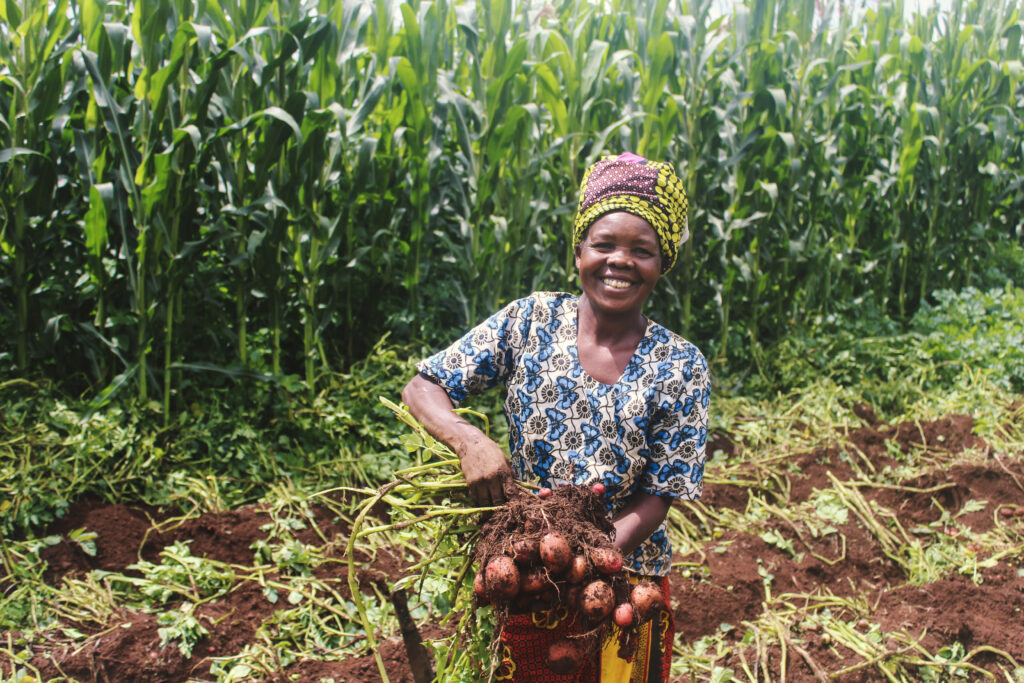
Though Soil Values represents a momentous step toward increasing soil health in the Sahelian region, soil health is a global issue. Initiatives such as the African Union Fertilizer and Soil Health Summit, to be held in Nairobi, Kenya, in May, bring together integral parties – from farmers to policymakers – that can mobilize positive change for sustainable soil management. We all share a collective responsibility to defend and develop the health of our planet’s soil. More momentum is needed within Africa and globally to address critical issues for soil such as nutrient loss, climate shocks and challenges, and resource management.
It may take up to 1,000 years to develop one inch of topsoil, and while IFDC’s 50 years represents a small percentage of that time, our short time here represents a crucial window for organizations like ours to make significant strides in sustainable agricultural practices.
Throughout this milestone year, IFDC will not only commemorate its past but provide innovative solutions to address the challenges in fertilizer and soil health in the future of governments, implementing partners, fertilizer industry, farmers, agri-entrepreneurs, and investors. In doing so, we will keep our vision to research, develop, and transfer nutrient use efficiency and soil health technologies to nutritiously feed a world of nearly 10 billion by 2050.
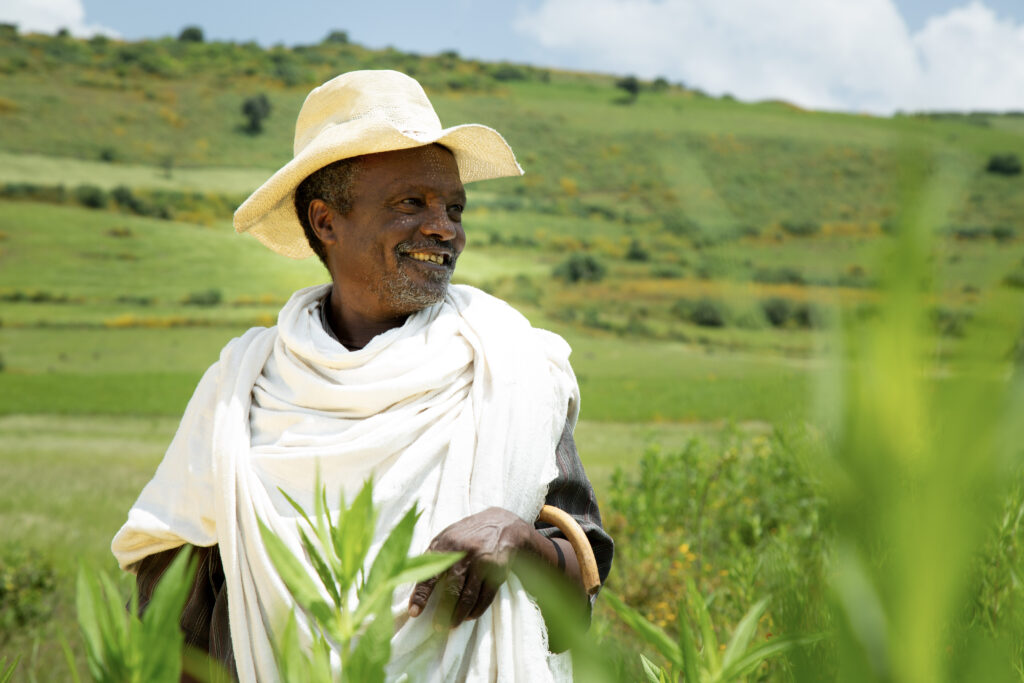
As we look forward to this celebratory year, we invite you to sign up for our newsletter to stay informed while we explore how IFDC’s strategic priorities shape our contribution to answering this challenge.

